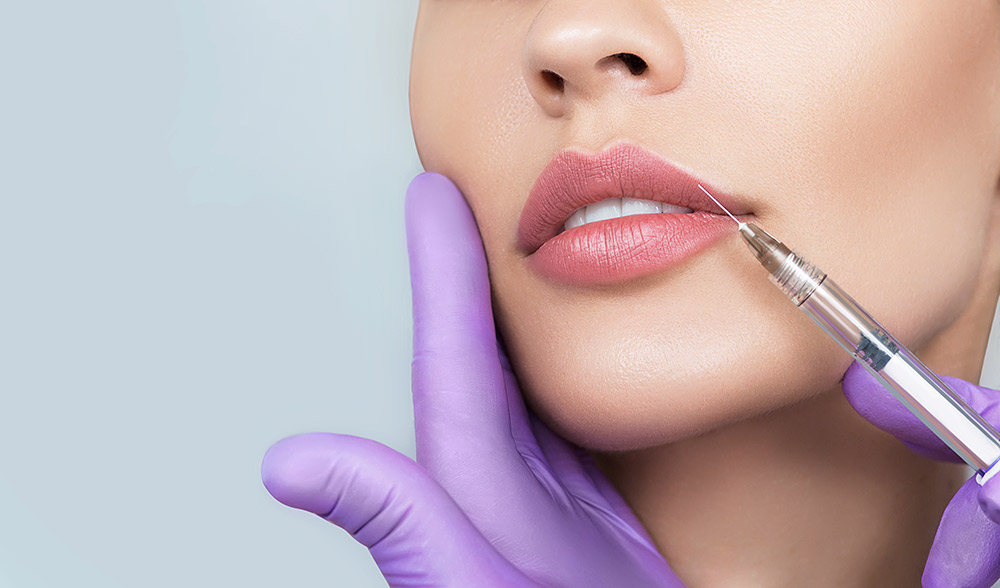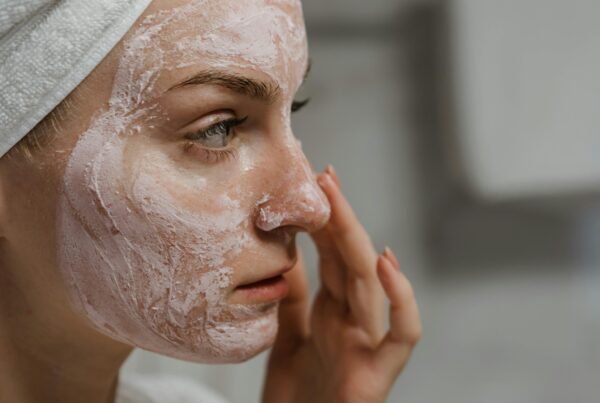Dermal fillers, commonly used to reduce wrinkles and enhance facial features, have become increasingly popular for their quick, non-surgical results. However, despite their cosmetic appeal, fillers come with a range of potential drawbacks that users should carefully consider. One of the primary concerns is the risk of side effects such as swelling, bruising, redness, or tenderness at the injection site. While these are often temporary, in some cases they can persist or worsen, leading to discomfort and dissatisfaction.
More serious complications can also occur, particularly if the filler is not administered correctly. These include asymmetry, lumps, or overfilling, which may require corrective procedures. In rare cases, improper injection techniques can lead to vascular occlusion, where the filler blocks a blood vessel, potentially causing tissue damage or even blindness. There’s also the issue of allergic reactions, although uncommon, which can be severe.
Furthermore, the results of fillers are not permanent. Most products require maintenance every 6 to 18 months, making them a long-term financial commitment. Dependency on fillers for self-image can also have psychological consequences, particularly when results don’t meet expectations. Ultimately, while fillers can offer aesthetic enhancement, they must be approached with caution, proper medical guidance, and a clear understanding of their limitations.




